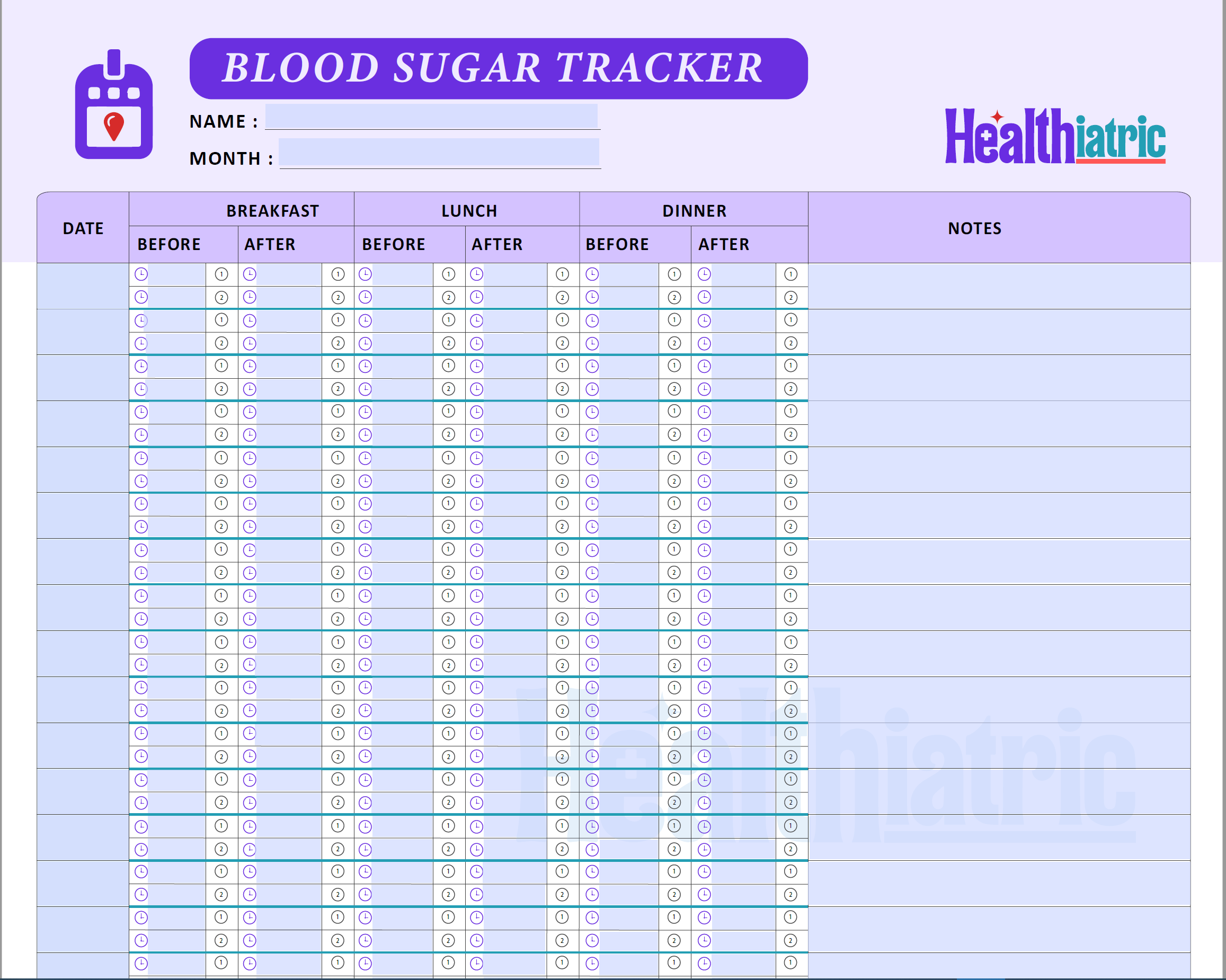
To keep their independence, quality of life, and health, older adults must take special care. Nowadays, common diet-related health problems in the elderly are rampant due to lack of nutrition. Multiple studies have shown that older persons, particularly those with declining muscle mass, benefit significantly from increased protein intake, especially the necessary amino acids.
Low-dose amino acid consumption is anabolic, although it has less of an effect on elderly persons than it does on younger ones.
Consuming more protein or vital amino acids may help older persons regain their reactivity.
- Eating protein-rich foods can support immune function, which becomes more crucial as we age.
- Consuming protein before bed can enhance overnight muscle recovery and reduce muscle loss in seniors.
- A high-protein diet can improve bone health in seniors by increasing calcium absorption and reducing bone loss.
- Protein from seafood, like omega-3 fatty acids, can improve brain health and help prevent cognitive decline.
- Protein-rich snacks throughout the day help maintain energy levels and prevent unwanted weight loss in older adults.
In the following paragraphs, we will see the best protein sources for seniors.
Your Body Needs Protein
You may be familiar with diets low in carbohydrates and fat including low-carb meals, but you’ve probably never heard of a diet low in protein.
This is because protein plays such a crucial role in the body. It helps your body produce enzymes and construct and repair tissues, muscles, skin, bone, and cartilage, among other things. It guarantees that everything in your body functions at its optimum level.
However, as we age, we need to switch up the food from which we gain our protein. Protein may be found in everything that moves, whether by walking, flying, or swimming, as long as it eventually makes its way onto our plates.
These are included in high-protein foods.
Where To Get Proteins From?
Total energy consumption should be taken into account with protein consumption. After 20 years old, the basal metabolic rate (BMR) decreases by 1%-2% every decade. Loss of fat-free mass (mostly muscle) and acquisition of less metabolically active fat contribute to a lower basal metabolic rate (BMR) with advancing age.
Specifically, research indicates that older persons have a basal metabolic rate (BMR) that is 5% lower than younger adults after accounting for the difference in fat-free mass.
This indicates that when individuals become older, their caloric needs naturally decrease.
The two sources of protein are:
Animal Protein
This animal protein provides the majority of the essential amino acids for our bodies. Sadly, animal protein is also abundant in saturated fat, linked to an increased risk of heart disease. In addition, due to the slower digestive function that comes with aging, it will be more challenging for seniors to digest meat.
Plant Protein
Making a move to a protein that is sourced from plants is going to be the key to solving this issue once and for all. It is a widespread misunderstanding that veggies have fewer protein-containing components than meat. The contrary is the case.
A serving of meat has the same amount of protein as one cup of broccoli, but broccoli has more protein overall. In addition, this applies to a broad range of other veggies.
Is Plant Protein Better Than Animal Protein For Seniors?
Animal proteins were shown to be more beneficial than plant proteins in preserving skeletal muscle mass as people age.
They also mentioned that switching from a diet high in animal protein to a plant-based diet without modifying total protein consumption would likely harm muscle health throughout aging. Eating animal and plant-based proteins may be the most reasonable and moderate dietary modification.
6 Best Sources Of Proteins For Seniors
The first thing you need to understand is that when you receive your protein from plants, you need a broad range of those plants to acquire the various kinds of proteins that your body needs.
This is the essential item you must be aware of.
Lean Meat
Foods that are considered “lean” are those that have little or no fat. Most meat, poultry, and seafood forms may be found in lean variants. This may include perch, lower-fat fish, and leaner cuts of beef and hog.
Similarly, specific cuts of meat tend to be healthier and lighter in fat than others. In contrast to beef, venison often has less fat. Lean protein can be included in your high-protein meal plan
Nuts
Nuts are an excellent source of several essential nutrients, including protein, monounsaturated fat, calcium, magnesium, fiber, iron, zinc, selenium, and omega-3 fatty acids. Nuts also include high fiber content. You are going to need a variety of nuts that work well together.
The following is a list of some delicious nuts you may consume:
- Almonds
- Walnuts
- Hazelnuts
- Cashews
- Brazil nuts
- Pecans
- Pistachios
- Pine nuts
Your diet will have a significant amount of protein, vitamins, and other nutrients so long as you continue to consume them.
Low-Fat Dairy
Recent research suggests that older adults may reduce their risk of developing frailty by increasing their low-fat milk and yogurt intake. The research concluded that older adults should take protein supplements, since they may improve walking speed and avoid dangerous weight loss.
Seeds
Seeds are beneficial to your health in many ways. Protein and other vitamins may be abundant in seeds such as sunflower, pumpkin, flax, and sesame.
Vegetables
There is a significant amount of protein that may be found in vegetables. Here are a few examples of excellent ones:
- Artichokes
- Broccoli
- Brussels sprouts
- Kale
- Mushrooms
- Peas
- Spinach
If you find that some veggies have a flavor you do not like, you may always juice them with other fruits to disguise the flavor. Drinking a smoothie instead of chewing on vegetables you don’t like is a much more convenient alternative.
Seafood
Salmon, cod, herring, mackerel, perch, and rainbow trout are some of the greatest seafood selections for the elderly. Healthy fats and low levels of mercury are two of the many benefits of eating these fish. Various studies have connected eating seafood to improved health in the elderly. It protects against the development of cardiovascular disease.
Takeaway
In the end, the most important thing is to ensure that your diet contains a broad range of these healthy foods in many forms. Although meat is a good source of protein, you would be better off sticking to the meals that have already been recommended.
The healthier your diet is, the less saturated fat you consume. Besides this, most of the meat that is offered in modern supermarkets is tainted with hormones and other drugs that were injected into the animals to make them bigger.
Consuming green vegetables as a source of protein is highly recommended.
You Might Also Like
-
Raazi 11 Min
Some Practical Stretching Advice and Benefits for Elders
-
Raazi 6 Min
Some Important Portion Control and Dietary Changes for Seniors
-
Raazi 5 Min
Some Common Misconceptions and Mistakes about Flexibility in Seniors
-
Raazi 6 Min
12 Healthy Eating Basics for Seniors
-
Raazi 6 Min
10 Reasons Why Walking is one of the Best Exercises for the Elderly



